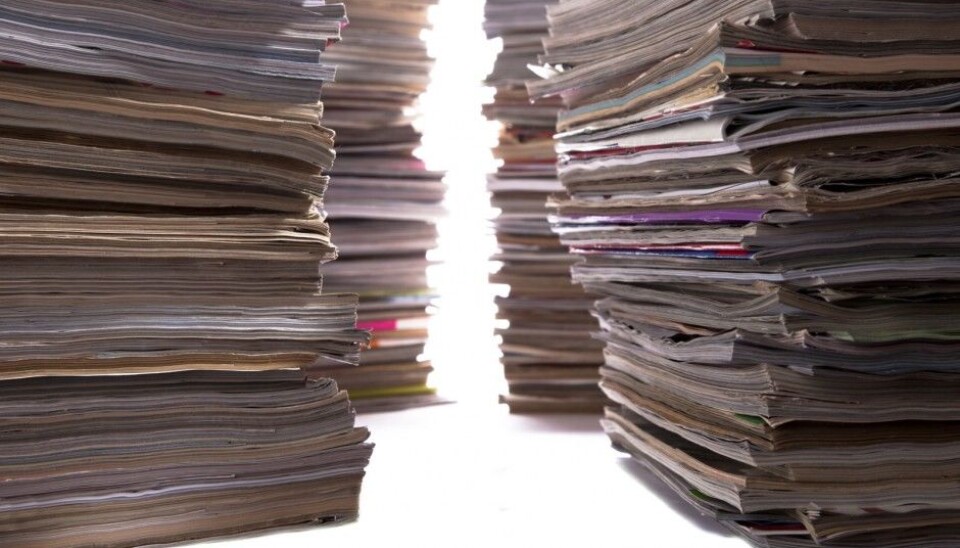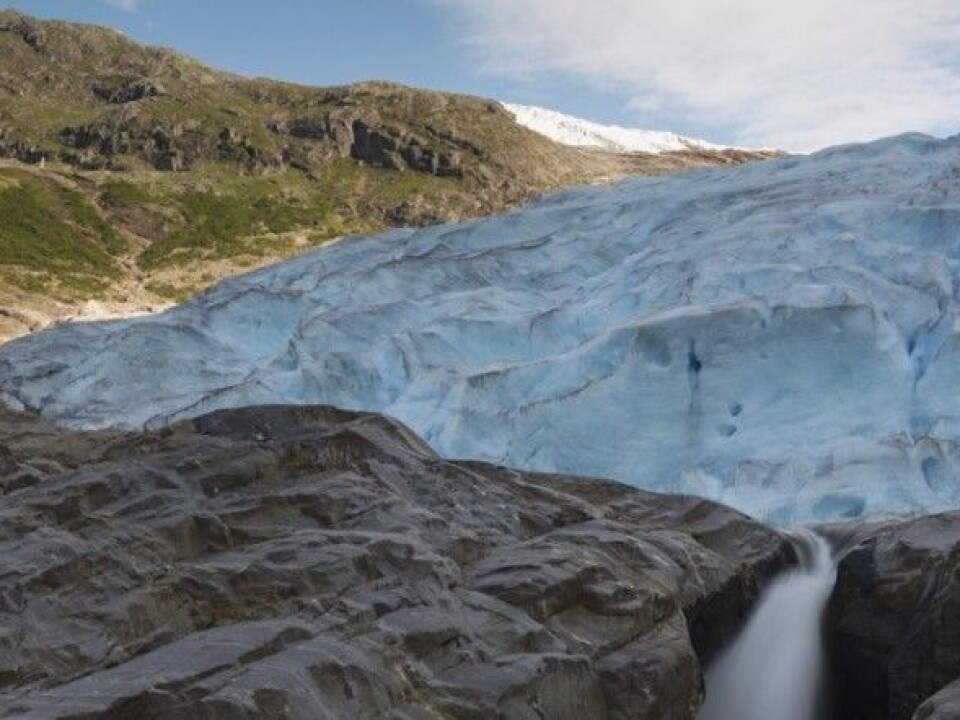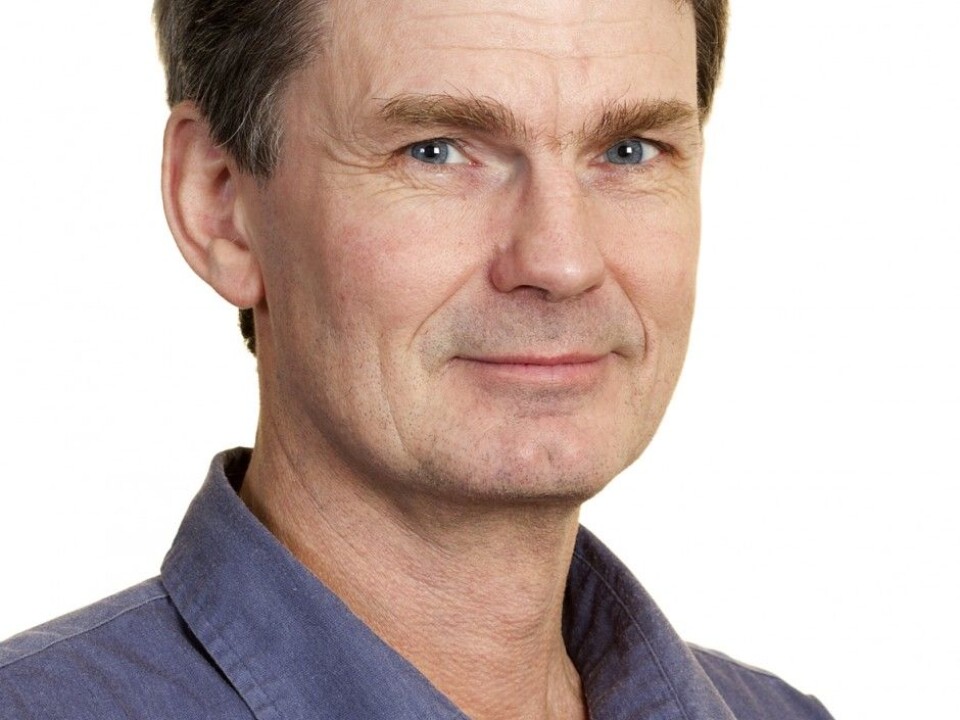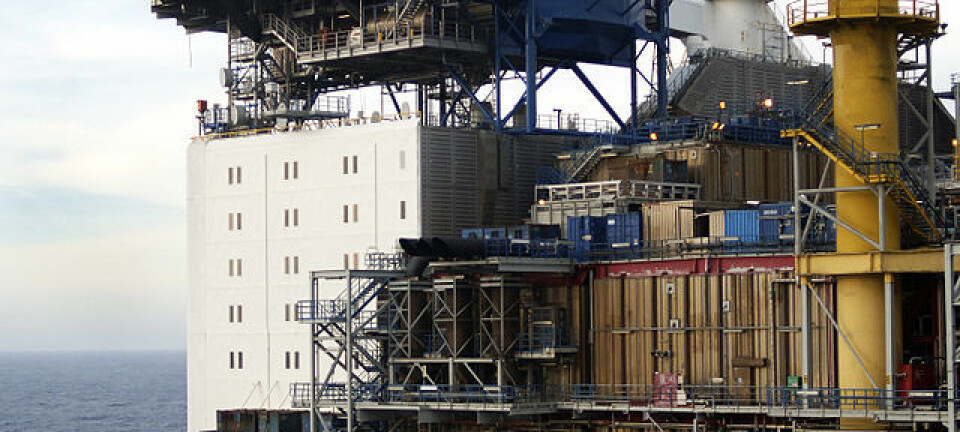
Junk science and urban legends in academic journals
Weak or missing academic use of sources can lead people to mistake lies or rumours for scientific truth. This junk science can persist for decades, and can become an element of our general common knowledge.
Denne artikkelen er over ti år gammel og kan inneholde utdatert informasjon.
Scientific publications have to contend with floods of fallacious source material use, says Ole Bjørn Rekdal, an associate professor at Bergen University College.
“This is a catastrophic development for academia,” he says.
Rekdal has studied how people in academic circles use and misuse information sources in their publications. He has found a number of unnerving examples in which scientific journals have become places where myths and urban legends can take root.
This summer Rekdal published two articles on various types of weak or nonexistant use of sources in academia.

One of them, which he called Academic urban legends, generated scores of blog responses, tweets and enquiries from the international press.
The article documented how academicians have disseminated, distorted and plagiarized information for decades by passing on myths in scientific articles.
Perhaps best known is the spinach myth.
The notion that spinach is a good nutritional source of iron stems from a 1930s reference to a German analysis made in the 1890s. It was reinforced by the comic strip and cartoon character “Popeye”, who has also been seen to be eating spinach since the 1930s for super strength.

Although years have passed since the spinach/iron myth was disproven, it continues to live on.
As does the story about how this myth got started. The claim has been made in the scientific literature that the vegetable's iron content was accidently increased tenfold when German chemists misplaced a decimal point.
This spectacular error of a decimal point that tricked the world into eating more spinach has been referred to for decades. But then in 2010, Mike Sutton, a criminologist at Nottingham Trent University, started doing some detective work by searching for the primary source. He showed that the entire story had no supporting documentation and that the decimal point error was just another academic myth.
Deadline pressure and negligence
Rekdal pinpoints several reasons why rumours and myths get transformed into established truths. One of them is a lack of knowledge. Haste makes waste — and pressure to publish, on deadline, is a prime culprit.
Rekdal describes another example of how wrong things can go:
In 2005, New Scientist magazine published a letter to the editor from the renowned British botanist David Bellamy. Bellamy strongly attacked climatologists’ global warming warnings by claiming that the world’s glaciers “are not shrinking but in fact are growing… 555 of all the 625 glaciers under observation by the World Glacier Monitoring Service in Zurich, Switzerland, have been growing since 1980.”
It turned out that the botanist, known from British TV and a figurehead for two wildlife organizations, had found his information on an extremely untrustworthy website run by the American extreme right-winger and nutcase Lyndon Larouche. The website asserted that 55 percent of 625 monitored glaciers are advancing, and claimed that this information came from the renowned magazine Science, but in fact the article referred to simply did not exist.
That would be bad enough, but Bellamy apparently made yet another error. He failed to hit the shift key for upper case when attempting to write 55%. This came out as 555 and thus might have given the readers of New Scientist even more reason to doubt warnings about global warming — as 555 out of 625 equates to nearly 89 percent. If close to nine-tenths of monitored glaciers were advancing, it could be easy to get the impression we were heading straight for another Ice Age.
Rekdal says there is a double tragedy in cases like this.
Bellamy was immediately quoted and taken to heart by climate deniers and undoubtedly harmed efforts to mitigate the climate catastrophe. As voters and politicians alike often have selective memories, the absurd claim about advancing glaciers continues to do damage.
“But Bellamy has also delivered a spectacular example of how academicians can occasionally be boundlessly sloppy, clumsy and outright stupid, so there’s no particular reason to trust them more than others. If these kinds of opinions spread, we risk being rendered helpless against a number of serious challenges, including human-caused climate changes,” Rekdal said.
Journals have a responsibility
Rekdal thinks that Bellamy’s ridiculous claim could have been nipped in the bud by a tiny polite question from the editorial staff: “Where is the documentation for these 555 glaciers growing in size?”
There will always be incompetent, driven and dishonest researchers who are more or less desperate to publish or win acclaim one way or another. This places a big responsibility on journals and publishers, he says.
“One of the obvious responses is to re-establish respect for source referencing as an academic tool of documentation, checking and knowledge building. This requires a strong reaction to all kinds of poor and dishonest use of sources, and not just the cases when references to sources are completely lacking,” Rekdal said.
The researcher emphasizes that he has no reason to make bombastic generalizations about disparities among scholarly disciplines, but he says he is generally impressed by historians.
“Otherwise it’s depressing to see how poorly source references are handled in many Norwegian textbooks. Instead of acting as role models, many stand out as prime examples of what not to do.”
------------
Read the Norwegian version of this article at forskning.no
Translated by: Glenn Ostling































